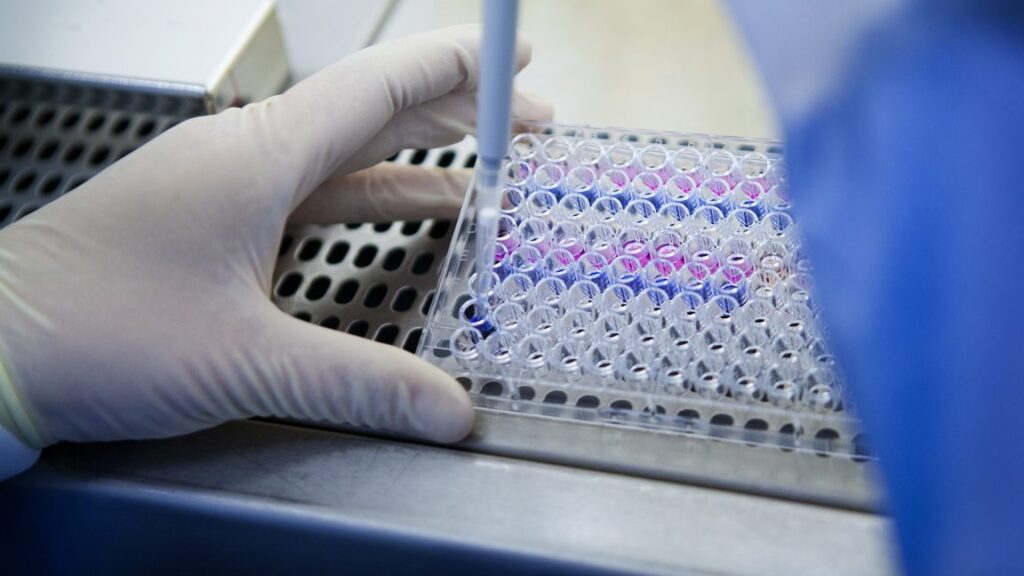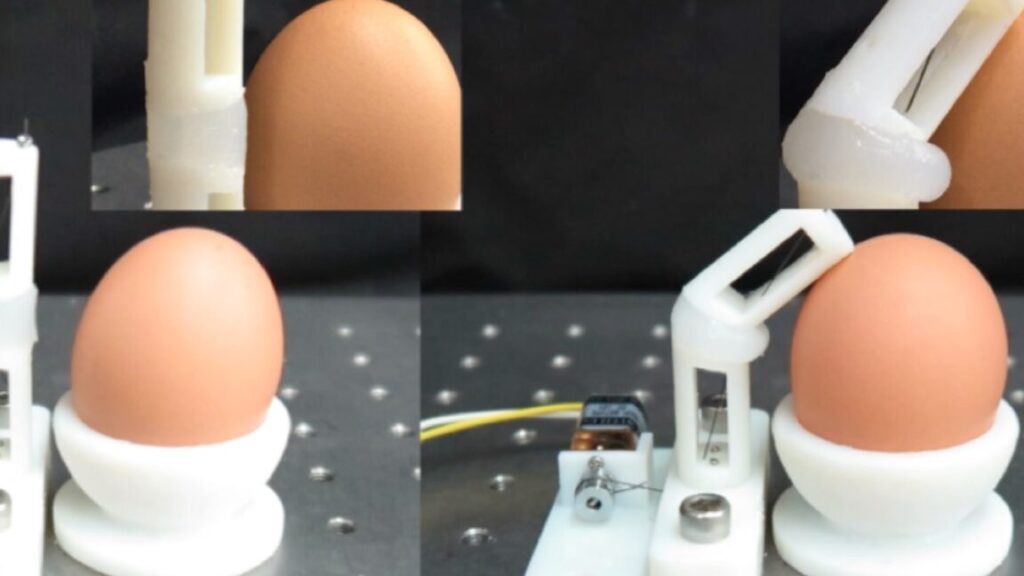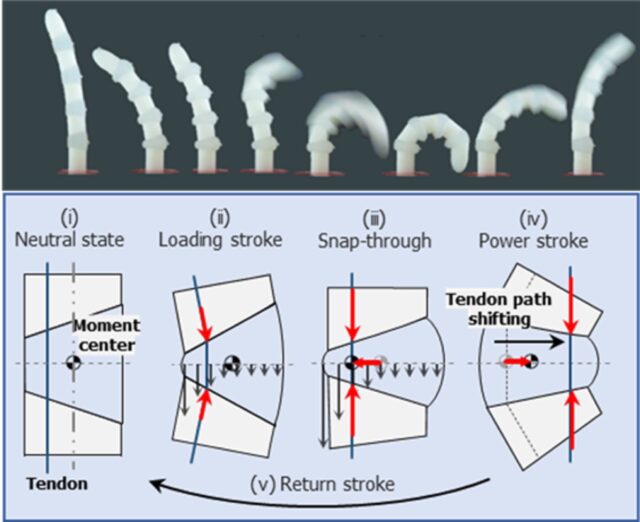Bonobos recognize when humans are ignorant, try to help
A lot of human society requires what’s called a “theory of mind”—the ability to infer the mental state of another person and adjust our actions based on what we expect they know and are thinking. We don’t always get this right—it’s easy to get confused about what someone else might be thinking—but we still rely on it to navigate through everything from complicated social situations to avoid bumping into people on the street.
There’s some mixed evidence that other animals have a limited theory of mind, but there are alternate interpretations for most of it. So two researchers at Johns Hopkins, Luke Townrow and Christopher Krupenye, came up with a way of testing whether some of our closest living relatives, the bonobos, could infer the state of mind of a human they were cooperating with. The work clearly showed that the bonobos could tell when their human partner was ignorant.
Now you see it…
The experimental approach is quite simple, and involves a setup familiar to street hustlers: a set of three cups, with a treat placed under one of them. Except in this case, there’s no sleight-of-hand in that the chimp can watch as one experimenter places the treat under a cup, and all of the cups remain stationary throughout the experiment.
To get the treat, however, requires the cooperation of a second human experimenter. That person has to identify the right cup, then give the treat under it to the bonobo. In some experiments, this human can watch the treat being hidden through a transparent partition, and so knows exactly where it is. In others, however, the partition is solid, leaving the human with no idea of which cup might be hiding the food.
This setup means that the bonobo will always know where the food is and will also know whether the human could potentially have the same knowledge.
The bonobos were first familiarized with the setup and got to experience their human partner taking the treat out from under the cup and giving it to them. Once they were familiar with the process, they watched the food being hidden without any partner present, which demonstrated they rarely took any food-directed actions without a good reason to do so. In contrast, when their human partner was present, they were about eight times more likely to point to the cup with the food under it.
Bonobos recognize when humans are ignorant, try to help Read More »


























